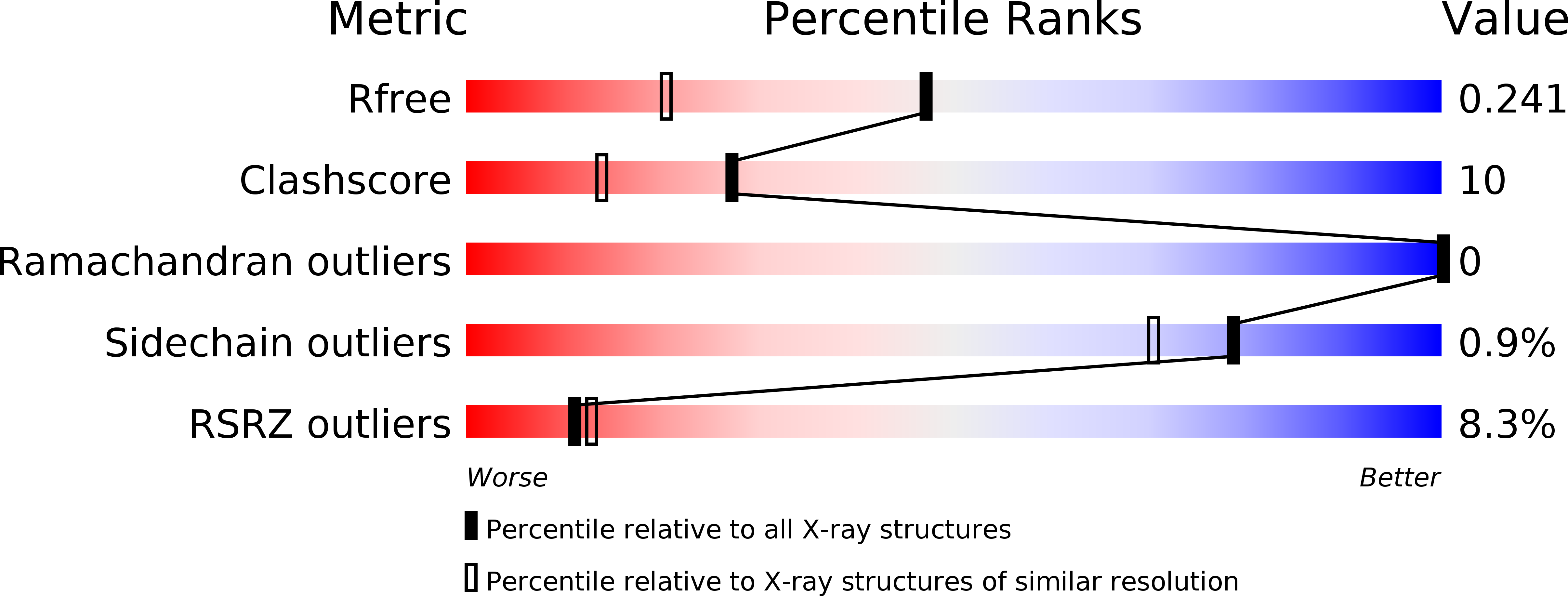
Deposition Date
2005-05-17
Release Date
2005-08-30
Last Version Date
2024-02-14
Entry Detail
PDB ID:
1ZPS
Keywords:
Title:
Crystal structure of Methanobacterium thermoautotrophicum phosphoribosyl-AMP cyclohydrolase HisI
Biological Source:
Source Organism:
Methanothermobacter thermautotrophicus (Taxon ID: 145262)
Host Organism:
Method Details:
Experimental Method:
Resolution:
1.70 Å
R-Value Free:
0.23
R-Value Work:
0.20
R-Value Observed:
0.20
Space Group:
P 21 21 21


